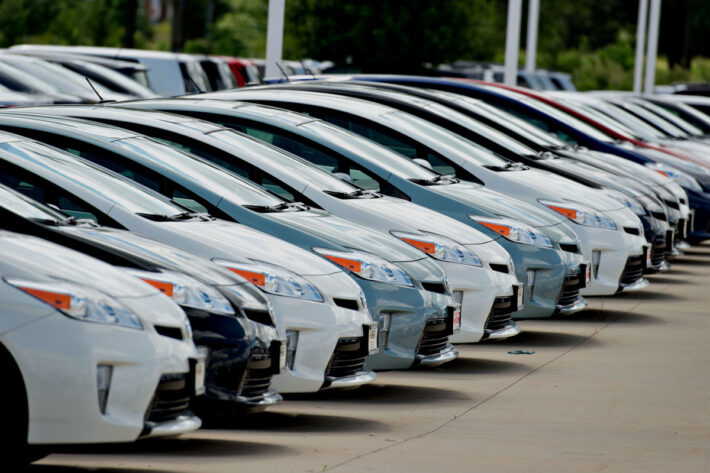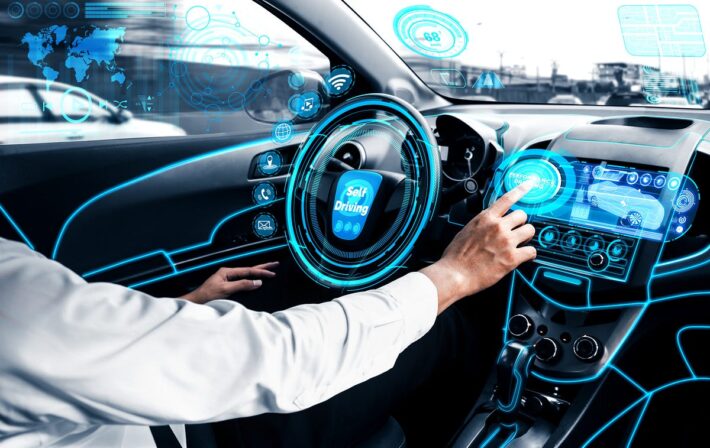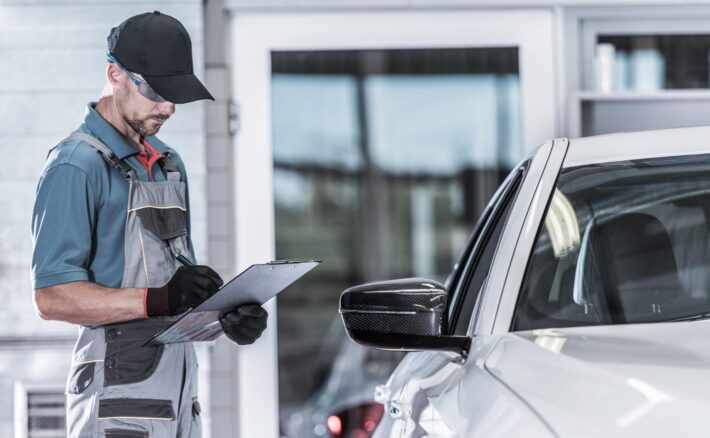Adapting to Changing Consumer Behavior in the Automotive Industry

In the fast-paced automotive industry, digital transformation is crucial for staying competitive. With rapidly changing consumer behaviors, automotive manufacturers, retailers, and OEMs must adapt to new expectations and preferences. This guide will help you embrace digital transformation and align with evolving consumer trends in the automotive sector.
1. Embrace Data-Driven Insights
Understand Your Customer’s Journey:
- Data Analytics: Use advanced analytics to gain clear insights into customer behavior. Analyzing browsing patterns, purchase history, and service interactions allows you to tailor offerings and enhance the customer experience.
- Customer Feedback: Use feedback from digital channels and social media to adjust products and services based on consumer expectations.
Personalize Customer Interactions:
- Targeted Marketing: Leverage data to craft personalized marketing campaigns that engage your audience. Tailor messages and offers to boost engagement and drive conversions.
- Customized Recommendations: Utilize AI-driven recommendation engines to suggest products and services aligned with customer preferences and previous behaviors.
2. Enhance Digital Touchpoints
Revamp Your Online Presence:
- User-Friendly Websites: Ensure your website is intuitive and mobile-friendly. A seamless browsing experience is essential for attracting and retaining customers.
- Virtual Showrooms: Offer virtual tours and interactive experiences to allow customers to explore vehicles and features online.
Leverage Digital Channels:
- Social Media Engagement: Build strong relationships with customers through active social media engagement. Use platforms to showcase new models, share updates, and address customer inquiries.
- Chatbots and AI: Implement chatbots to provide instant assistance and information, improving customer service and engagement.
3. Innovate with Connected Technology
Integrate IoT Solutions:
- Connected Vehicles: Develop smart vehicles equipped with IoT technology to provide real-time data on performance, maintenance needs, and driving patterns.
- Enhanced In-Car Experience: Utilize connected systems to offer features like navigation updates, entertainment options, and remote diagnostics.
Adopt Advanced Technologies:
- Augmented Reality (AR): Use AR for virtual test drives and interactive vehicle demonstrations. This technology enhances the buying experience and allows customers to visualize their choices better.
- Blockchain for Transparency: Implement blockchain to ensure transparency and security in transactions, from manufacturing to ownership.
Conclusion
Automotive businesses must embrace digital transformation to keep up with shifting consumer behaviors. Utilizing data insights, upgrading digital touchpoints, integrating connected technology, optimizing operations, and prioritizing sustainability will help manufacturers and retailers remain competitive and address modern consumer demands. Adopt these strategies to drive growth and thrive in the digital era.



